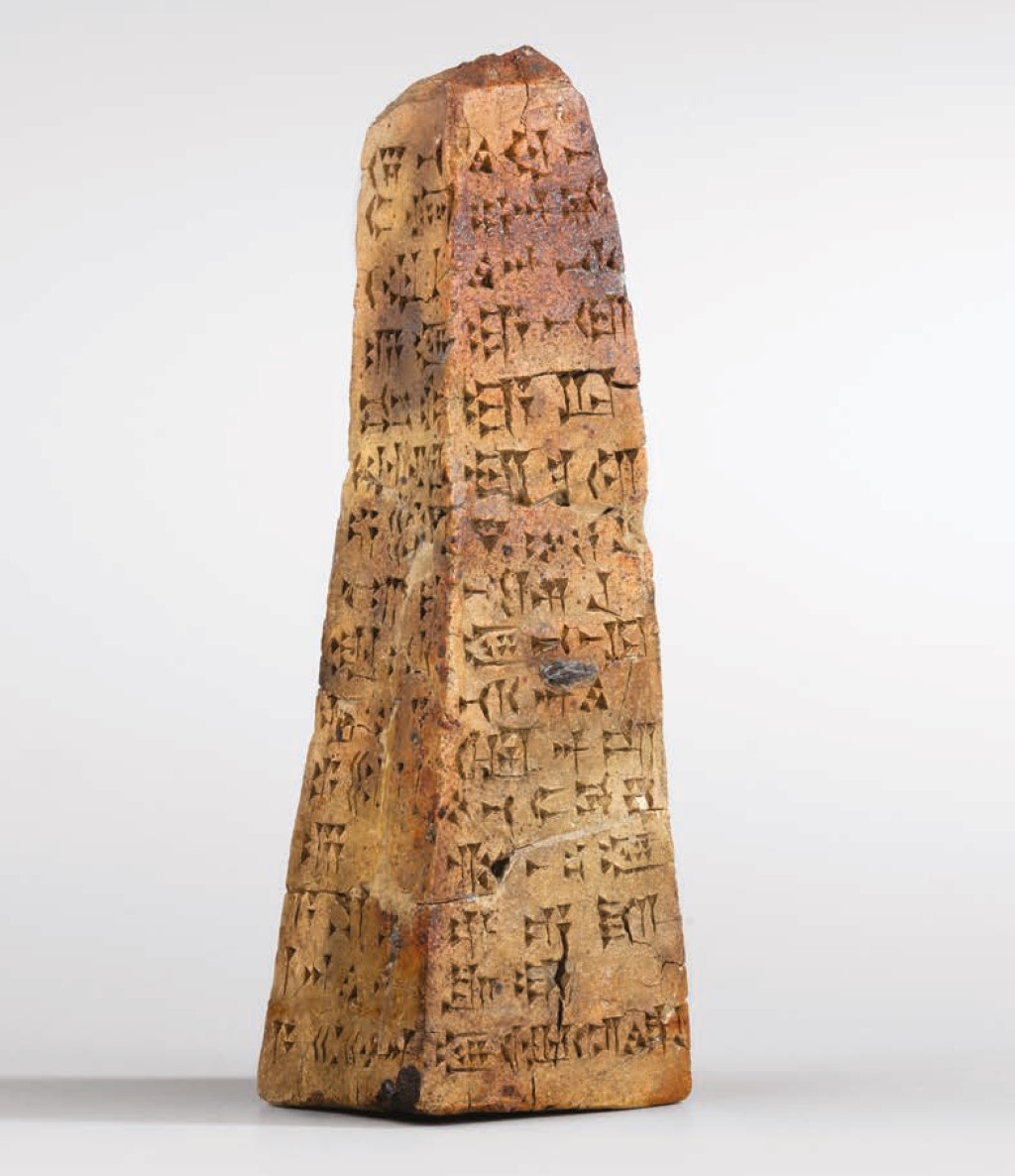Abstrakt
W końcu lat osiemdziesiątych XX wieku Muzeum Narodowe w Warszawie pozyskało niewielki terakotowy obelisk pokryty inskrypcją klinową. Nowoasyryjska grafia sugerowała, że zabytek pochodzi z połowy I tysiąclecia p.n.e., a datację zawęziła jeszcze treść inskrypcji, wedle której obelisk był na wyposażeniu pałacu asyryjskiego króla Aszurbanipala (669–627[?] p.n.e.). Częściowe przepalenia terakoty zdawały się potwierdzać tę datację. Pałac Północny Aszurbanipala w Niniwie został doszczętnie spalony w 612 roku p.n.e., co pozostawiło ślad na większości glinianych zabytków odnalezionych w jego ruinach. Pomimo poprawności zapisu klinowego, autentyczność zabytku budziła wątpliwości. Forma obelisku była wprawdzie doskonale znana na Wschodzie Starożytnym, ale w materiale archeologicznym okresu niepoświadczone są obeliski miniaturowe. Autorzy artykułu podjęli kolejną próbę ustalenia autentyczności zabytku. Prześledzili losy prof. Stanisława Kościałkowskiego (1881–1960), w którego spuściźnie obiekt przetrwał, starając się ustalić miejsce i czas zakupu obelisku. Poddali również obiekt wnikliwej analizie epigraficznej oraz formalnej, wykazując, że inskrypcja została skopiowana z wydanego w 1861 roku dzieła Henry’ego Rawlinsona, a kształt artefaktu, choć mieści się w tradycji Wschodu Starożytnego, nosi wyraźne ślady inspiracji sztuką Lewantu i Egiptu. Wątpliwości dotyczące autentyczności obelisku okazały się w pełni uzasadnione, a jego sfałszowanie potwierdzone.

Utwór dostępny jest na licencji Creative Commons Uznanie autorstwa 4.0 Międzynarodowe.
Prawa autorskie (c) 2024 Andrzej Reiche, Małgorzata Sandowicz, Franciszek Stępniowski (Author)

